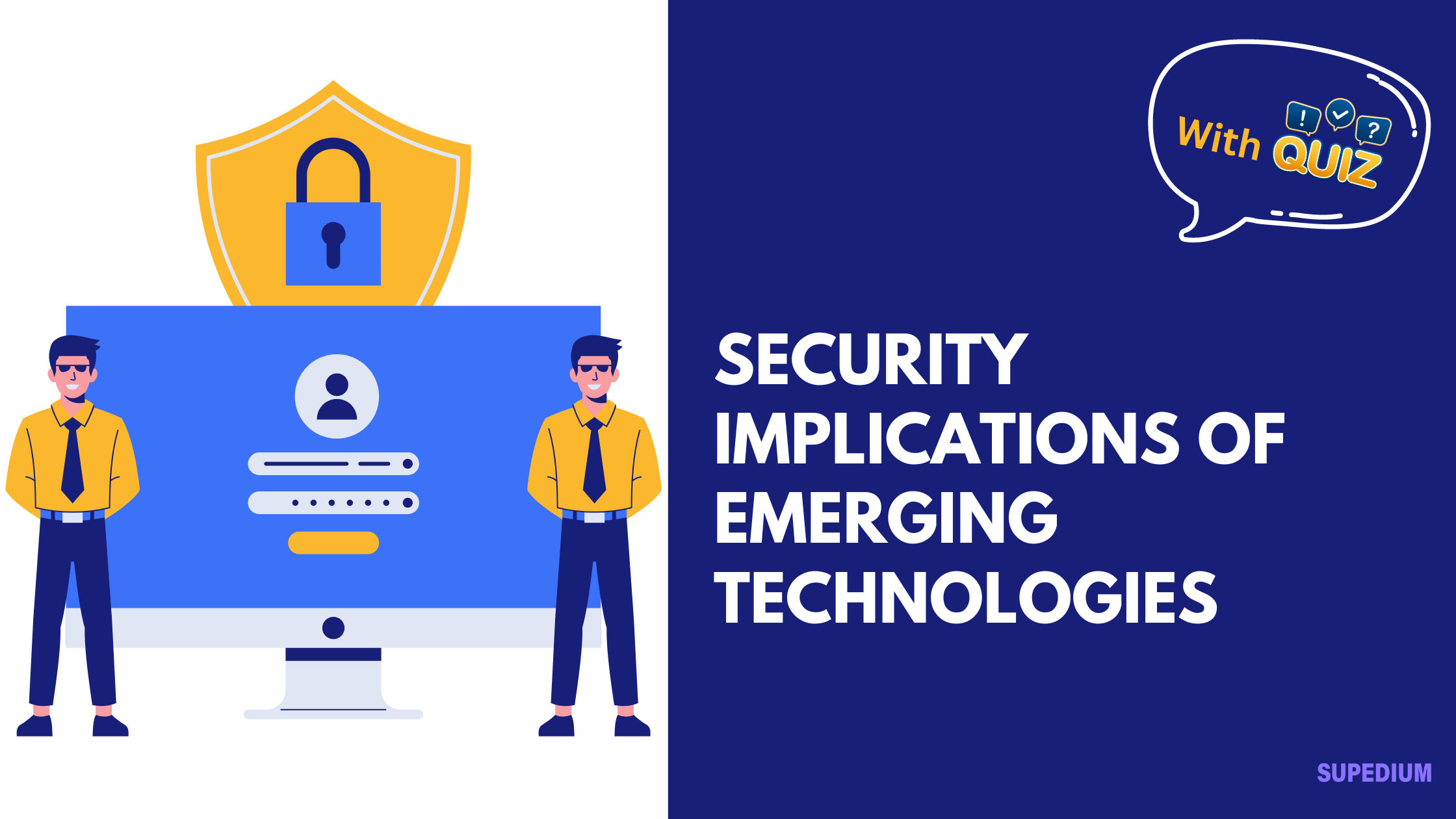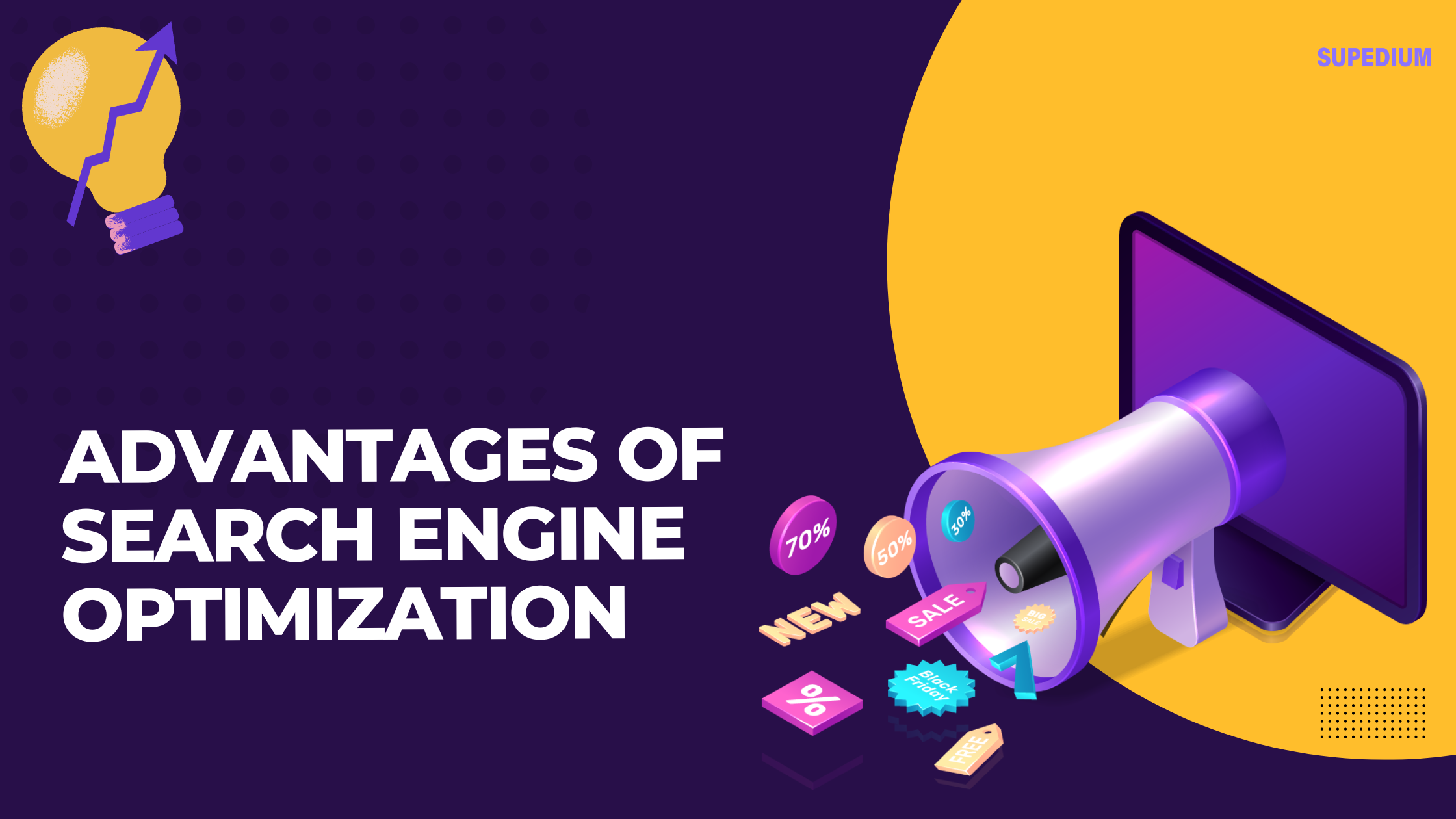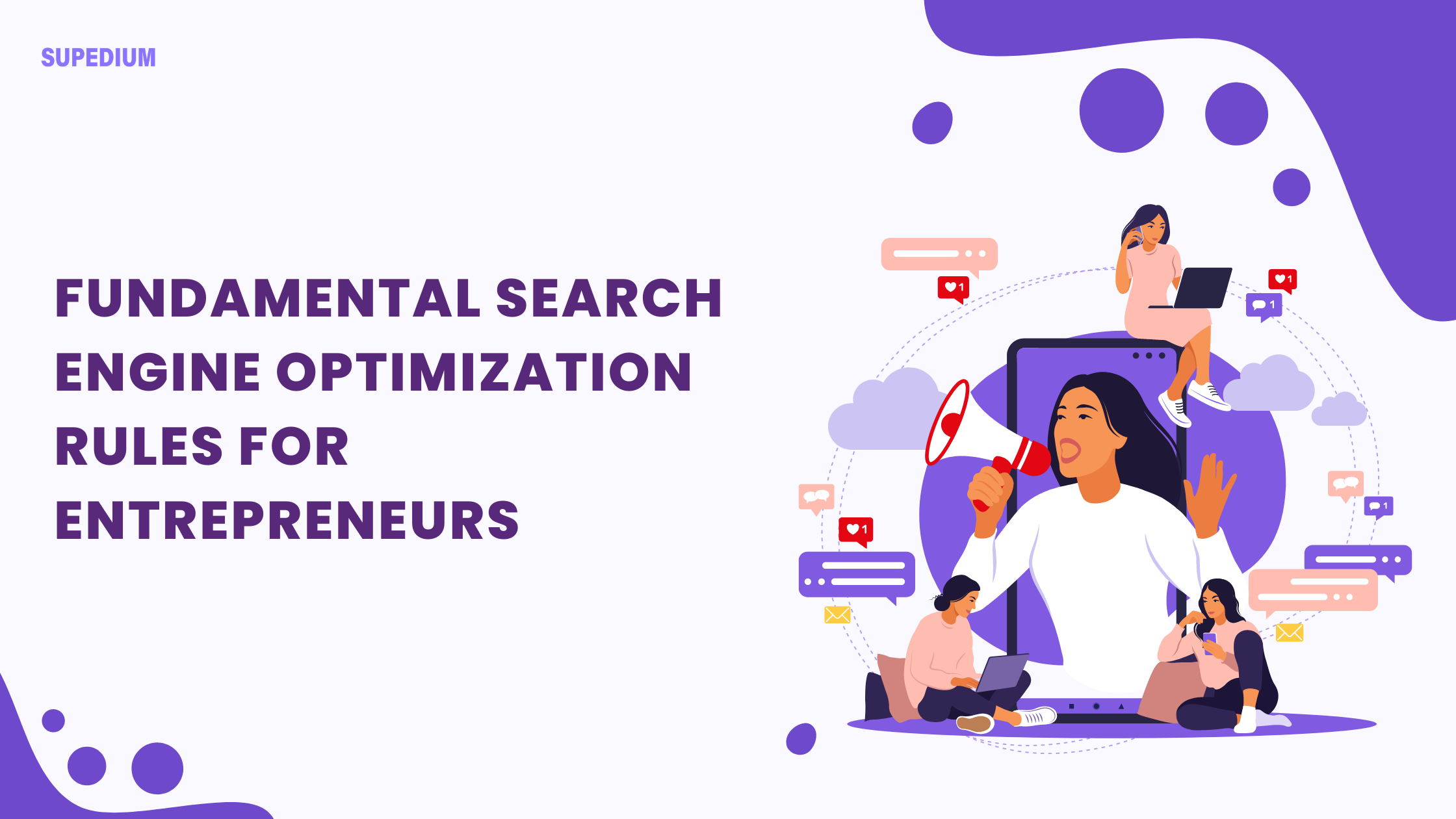Table of Contents
![]()
I. Introduction
Emerging technologies are reshaping our world at an unprecedented pace, with innovations like Artificial Intelligence (AI), the Internet of Things (IoT), blockchain, quantum computing, and 5G networks leading the charge. While these advancements promise significant benefits—ranging from increased efficiency to enhanced connectivity—they also present complex security challenges that cannot be overlooked. Understanding the security implications of these technologies is essential for businesses, governments, and individuals alike, as it helps safeguard against potential risks that accompany technological progress.
II. Artificial Intelligence (AI)
A. AI in Cybersecurity
AI is becoming a critical tool in the realm of cybersecurity. It enhances threat detection and response capabilities, enabling organizations to identify and mitigate threats more swiftly than ever before. However, AI systems themselves can be vulnerable to attacks, where malicious actors exploit weaknesses in algorithms or datasets.
B. Malicious Use of AI
Conversely, AI can also be weaponized. The rise of deepfakes and misinformation campaigns illustrates how AI can distort reality and manipulate public opinion. Moreover, automated hacking tools powered by AI can accelerate the frequency and sophistication of cyberattacks, posing significant threats to organizational security.
C. Ethical Considerations
The deployment of AI raises ethical questions as well. Concerns about bias in AI algorithms can lead to discrimination in decision-making processes, impacting everything from hiring practices to law enforcement. Ensuring accountability in AI-driven decisions is crucial for fostering public trust.
III. Internet of Things (IoT)
A. Security Risks in IoT Devices
The proliferation of IoT devices—ranging from smart home gadgets to industrial sensors—has introduced myriad security risks. Many devices lack robust security measures, making them susceptible to attacks. Additionally, extensive data collection by IoT devices raises privacy concerns, as sensitive information can be exposed or misused.
B. Impacts of IoT Vulnerabilities
The vulnerabilities of IoT devices can lead to severe consequences, including the formation of botnets that launch Distributed Denial of Service (DDoS) attacks. Furthermore, the interconnected nature of IoT poses risks to critical infrastructure, such as power grids and healthcare systems, where a single breach could have catastrophic results.
C. Best Practices for IoT Security
To mitigate these risks, organizations must adopt best practices for IoT security. This includes implementing strong device authentication, utilizing encryption, and ensuring regular software updates to address potential vulnerabilities.
IV. Blockchain Technology
A. Security Features of Blockchain
Blockchain technology offers unique security features, including decentralization and immutability, which enhance data integrity. Its reliance on cryptographic security makes it difficult for malicious actors to alter or manipulate data.
B. Potential Vulnerabilities
However, blockchain is not immune to risks. Flaws in smart contracts can lead to significant financial losses, while 51% attacks can undermine the integrity of the network. Awareness of these vulnerabilities is essential for anyone utilizing blockchain technology.
C. Use Cases and Risks
The application of blockchain extends beyond cryptocurrencies; it can improve supply chain transparency and reduce fraud. Nonetheless, the security risks associated with these applications must be diligently addressed to maximize their potential.
V. Quantum Computing
A. Quantum Threat to Current Security Protocols
Quantum computing poses a revolutionary shift in computational capabilities but also threatens existing security protocols. Its ability to break traditional encryption methods could jeopardize data privacy on a global scale.
B. Quantum-Safe Cryptography
In response, researchers are developing quantum-safe cryptography to secure data against potential quantum threats. Organizations must begin transitioning to these new algorithms to safeguard sensitive information.
C. Potential Benefits
Despite the risks, quantum computing also offers benefits, such as enhanced security through quantum key distribution. This technology could provide a level of security previously unattainable, revolutionizing how data is transmitted and secured.
VI. 5G and Beyond
A. Security Challenges of 5G Networks
The rollout of 5G networks introduces security challenges, notably an increased attack surface due to a larger number of connected devices. Network slicing, a feature of 5G, can complicate security measures if not managed effectively.
B. Potential for Enhanced Security
On the upside, 5G technology can improve data encryption and enable edge computing, which enhances security by processing data closer to the source, reducing latency and exposure to threats.
C. Regulatory and Compliance Issues
Navigating the regulatory landscape is crucial for securing 5G networks. Standardizing security protocols and fostering international cooperation are essential steps toward enhancing security measures in the 5G ecosystem.
VII. Cross-Cutting Security Issues
A. Privacy Concerns Across Technologies
As emerging technologies proliferate, so do privacy concerns. Issues surrounding data ownership, consent, and the potential for surveillance highlight the need for robust privacy protections.
B. The Role of Regulations and Policies
Regulations like the General Data Protection Regulation (GDPR) are designed to protect individuals’ data, but compliance can be challenging. Industries must establish security standards that align with regulatory requirements to safeguard sensitive information.
C. Future of Security in Emerging Technologies
Anticipating future threats will require ongoing evaluation of security measures. Continuous education and awareness programs for stakeholders will be crucial in adapting to the evolving technological landscape.
VIII. Conclusion
The rapid advancement of emerging technologies brings with it significant security implications that must be carefully navigated. From the potential for AI misuse to the vulnerabilities of IoT devices and the threats posed by quantum computing, understanding these issues is paramount. Proactive security measures, collaboration among technologists and security experts, and a commitment to regulatory compliance are essential for mitigating risks and ensuring a safer technological future.






Be the first to comment